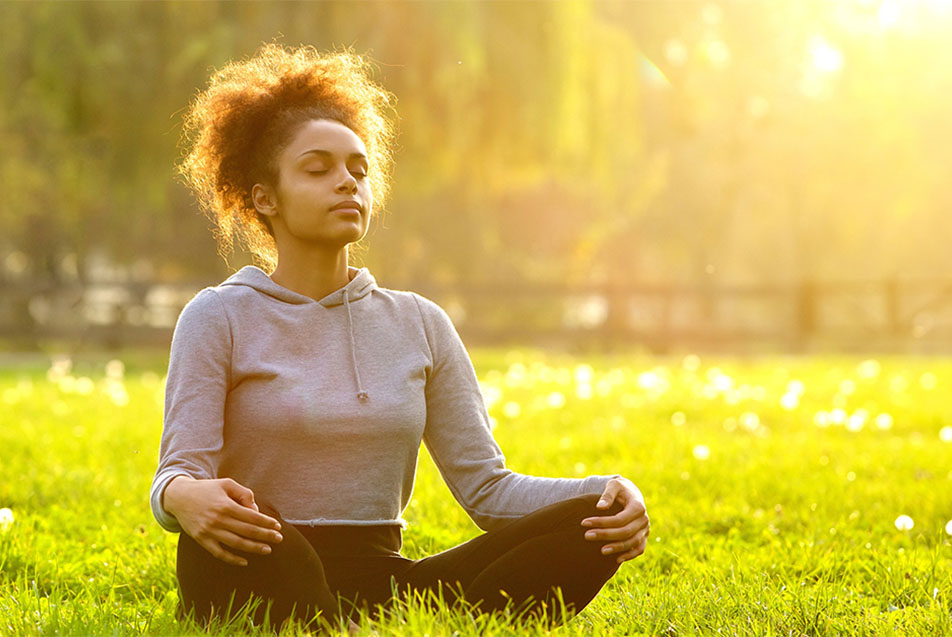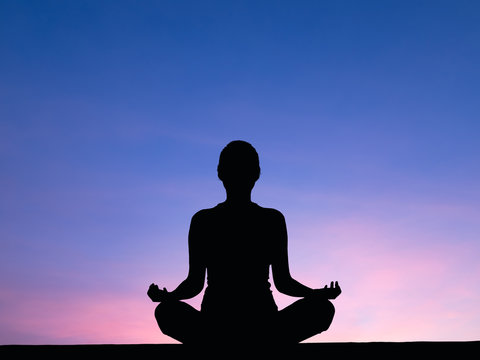Boost Your Wellness by Learning How to Meditate?
Boost Your Wellness by Learning How to Meditate?
Blog Article
Just How to Meditate: A Step-by-Step Approach to Achieving Mindfulness and Tranquility
Meditation offers as a powerful tool for attaining mindfulness and psychological calm in a hectic world. By comprehending the essential principles and methods involved in meditation, people can cultivate a method that boosts their total health.
Comprehending Meditation
Recognizing reflection includes understanding its fundamental concepts and methods, which function as the foundation for the practice. At its core, meditation is a psychological workout focused on advertising leisure, constructing interior energy, and creating empathy and insight. The technique urges people to focus their interest, often with techniques such as deep breathing, visualization, or concept repetition.
Meditation can be categorized into numerous styles, consisting of mindfulness, transcendental, and loving-kindness meditation, each with distinct functions and methods. Mindfulness meditation stresses present-moment awareness and non-judgmental monitoring of ideas and sensations, while transcendental reflection entails using specific concepts to transcend regular mind. Loving-kindness reflection concentrates on creating an attitude of love and concern in the direction of oneself and others.
Despite the method employed, the primary goal stays consistent: to grow a much deeper understanding of the mind and its patterns. This self-awareness promotes emotional durability, clarity of thought, and an extensive feeling of calm (How to meditate?). By comprehending these principles and strategies, people lay the foundation for an effective reflection method that can considerably boost their overall health
Getting Ready For Your Method
Before beginning your meditation method, it is important to create a setting for focus and relaxation. Select a silent space where you are not likely to be interrupted. This can be an edge of a space, a garden, or any location that stimulates a feeling of tranquility. Ensure that the area is complimentary and tidy of clutter, as a tidy environment can aid get rid of the mind.
Take into consideration the lights, as natural light can improve your mood and power. Soft, warm lighting is usually a lot more soothing than rough fluorescent lights. Furthermore, select a comfortable temperature level, ensuring that you are neither as well warm neither too cool.
Including elements that promote harmony can better improve your experience. This might consist of soft pillows or coverings for comfort, in addition to soothing scents from essential oils or incense. It can also be helpful to have a timer established for your meditation session to avoid distractions from clock-watching.
Standard Meditation Strategies

One more efficient strategy is body scan reflection. This involves psychologically checking your body from head to toe, noticing any type of areas of tension or discomfort and purposely loosening up those muscle mass. This method cultivates a much deeper connection between your mind and body.

Finally, loving-kindness reflection focuses on cultivating compassion towards yourself and others. Calmly repeat expressions of goodwill, enhancing emotional health and interconnectedness. Each of these strategies acts as a foundation for your meditation trip, permitting you to discover the technique that resonates best with your individual practice.
Maintaining Focus and Mindfulness

Establishing a specialized reflection space can enhance the ability to keep mindfulness. A quiet, clean setting decreases interruptions, enabling deeper immersion in the technique. In addition, setting a time limit can help manage assumptions; beginning with shorter sessions may reduce the shift into longer techniques.
Using strategies such as body scanning or observing feelings can likewise boost mindfulness. These techniques urge experts to remain existing and involved with their physicality, anchoring their focus in the moment. Normal method is essential; the mind constructs resilience with time, developing a stronger ability for emphasis.
Incorporating Meditation Into Every Day Life
Incorporating reflection right into everyday life can transform routine activities into chances for mindfulness and self-reflection. By incorporating mindfulness practices into common tasks, people can helpful site cultivate a greater sense of presence and serenity amidst the busyness of day-to-day life.
Begin by recognizing moments throughout your day where you can stop hop over to these guys and practice mindfulness. During your morning commute, emphasis on your breath or the sensations of the environment around you. In the cooking area, technique cooking as a reflective method, appreciating the appearances, colors, and aromas of the active ingredients. Also ordinary activities like cleaning recipes or walking can become possibilities for reflection by guiding your interest to the sensations of motion and the noises surrounding you.
Furthermore, setting apart devoted times for meditation can strengthen its practice. Begin with short sessions, progressively boosting period as you become much more comfortable. Use reminders or hints-- like a certain time of day or a calming audio-- to establish uniformity.
Ultimately, the objective is to weave mindfulness right into the fabric of every day life, permitting you to approach each minute with purpose, thereby improving your total feeling of wellness and clearness.
Verdict
In conclusion, reliable reflection needs a quiet setting, a comfy setting, and a focus on the breath. Routine meditation, even in quick sessions, promotes a much deeper connection to the present minute, inevitably leading to greater calm and psychological clearness in day-to-day life.
Meditation can be classified into numerous styles, consisting of mindfulness, transcendental, and loving-kindness meditation, each with distinct objectives and methodologies. Mindfulness reflection emphasizes present-moment recognition and non-judgmental observation of thoughts and sensations, while transcendental reflection involves the usage of specific rules to go beyond average thought processes.With your reflection space prepared, it's time to explore different standard meditation methods that can aid cultivate mindfulness and internal peace.Constantly maintaining focus and reference mindfulness during reflection can be challenging, especially for those new to the practice.Developing a committed meditation space can improve the capability to maintain mindfulness.
Report this page